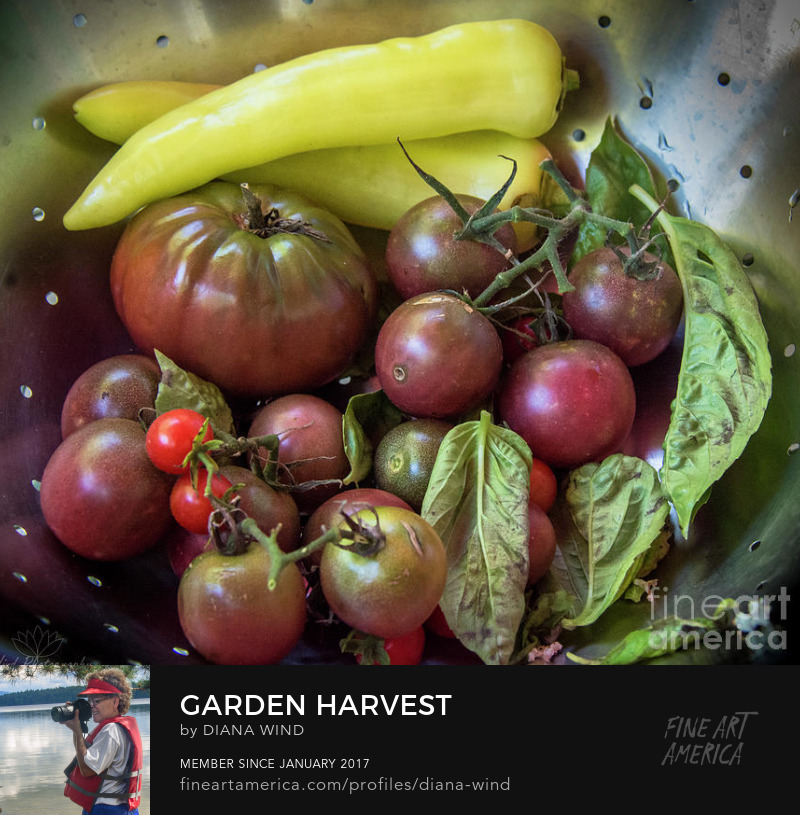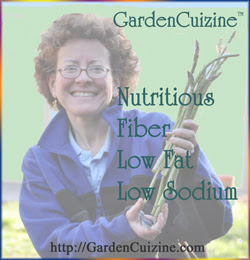skip to main |
skip to sidebar
Garden Gem
Check out my latest artistic photograph on Fine Art America! And, just fyi, Harry and I have been doing a few small photography events too. Contact us if you are interested. At this time we are limited to photo sessions in South Jersey only.
This beautiful, little snail was spotted last summer on a red canna we had growing in a pot at the base of our backyard deck. Alongside the canna we also grew orange Coronado Hyssop from seed. Rufus hummingbirds love both plants.
I save our canna tubers every year and also save lots of seeds that include Coronado Hyssop. We're counting down to the Philadelphia Flower Show and seed starting time; both are coming soon!
Photo Copyright (C)Wind. All rights reserved.
Related Links
Wind Photography - Diana Wind Phone APP
Wind Photography- Harry Wind Phone APP
Napa Cabbage
Chinese Cabbage
Kimchi
Napa Cabbage Nutrition Data
Excellent Source: Vitamins A and C
Napa Cabbage stars as the main ingredient in Probiotic-rich Kimchi. Kimchi is a fermented Korean food that is traditionally served with rice. We started a mason jar full of homemade Kimchi yesterday!
Making Kimchi is as easy as making sauerkraut. We made both at my cooking class: "A Gut Feeling for a Healthy New Year", which was held at Inspira Health Network. I adjusted the recipe slightly since then, adding more scallion and daikon. See below.
Ingredients
1 medium head Napa Cabbage (about 2.5 lbs)
2 Tablespoons sea salt (non-iodized)
2 cups Daikon radish sliced in matchsticks
4 scallions, chopped
1 Tblsp minced fresh Garlic
1 Tblsp minced fresh Ginger
1/2 teaspoon (or more) ground hot peppers (dried from your garden!)
1-2 Tblsp Fish sauce (optional)
Note: be creative! Try adding other vegetables, such as shredded carrots and/or sweet red peppers, which is common in store-bought versions. This will turn the color orange-red.
Putting it all together
- Rinse the cabbage. Cut the cabbage lengthwise into quarters and remove the core from each piece. Cut each quarter crosswise into bite size pieces. Add to large mixing bowl with everything except the daikon and scallions.
- Wearing food handling plastic gloves, massage the salt into the cabbage. This will begin to release water from the cabbage.
- Toss in the daikon and scallion. Combine well. Place into clean mason jar(s). Press down using tongs or spoon. Cover and set aside to ferment. We plan to let ours ferment for a few weeks before starting to eat it.
- The ideal room temperature to help with fermentation is around 70 degrees Fahrenheit. If it is colder, the fermentation takes longer. Check the Kimchi daily to allow natural gases to escape. Push down the top layer with a spoon to keep the vegetables covered in brine.
- Kimchi can be eaten anytime. Longer fermentation time allows for more probiotics. When you are pleased with the results, store in refrigerator. Kimchi will keep for months. Enjoy!
Blog post and photo Copyright (C)Wind. All rights reserved.






























